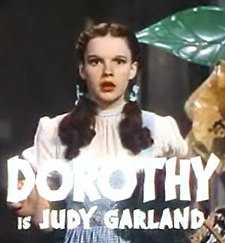
The 32-bar form, also known as the AABA song form, American popular song form and the ballad form, is a song structure commonly found in Tin Pan Alley songs and other American popular music, especially in the first half of the 20th century.[2]
As its alternative name AABA implies, this song form consists of four sections: an eight-bar A section; a second eight-bar A section (which may have slight changes from the first A section); an eight-bar B section, often with contrasting harmony or "feel"; and a final eight-bar A section. The core melody line is generally retained in each A section, although variations may be added, particularly for the last A section.
Examples of 32-bar AABA form songs include "Over the Rainbow", "I Got Rhythm", "What'll I Do", "Make You Feel My Love",[2] "The Man I Love"[3]: 5 , "Dream River", "Primrose Lane", "Let's Get Away From It All", and "Blue Skies".[3]: 109 Many show tunes that have become jazz standards are 32-bar song forms.
- ^ "Chapter 2: Jazz Form and improvisation | Jazz: W. W. Norton StudySpace". WW Norton.
- ^ a b Ralf von Appen; Markus Freight-Hauenschild (9 March 2015). "AABA, Refrain, Chorus, Bridge, Prechorus — Song Forms and Their Historical Development". SAMPLES, www.gfpm-samples.de. Retrieved 2 January 2016.
{{cite journal}}: CS1 maint: multiple names: authors list (link) - ^ a b Cite error: The named reference
Paymerwas invoked but never defined (see the help page).